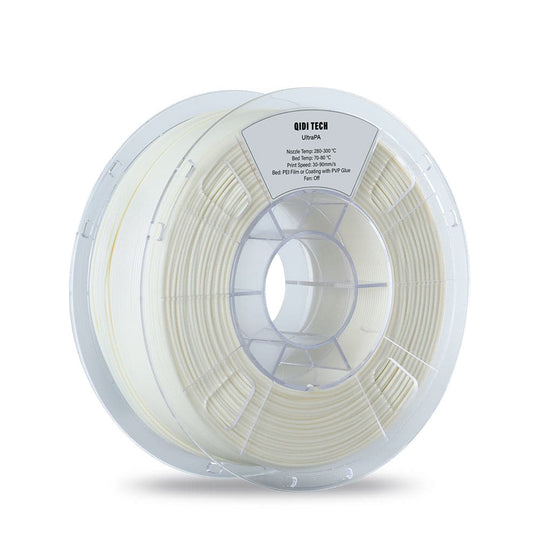3D printing has revolutionized the way we create objects, and at the heart of this technology lies the filament. Understanding the different types of filaments available, their uses, and best practices can significantly enhance your 3D printing experience. This guide aims to provide a comprehensive overview of the various filaments, ensuring you are well-equipped to make informed decisions.

Types of 3D Printing Filaments
When it comes to 3D printing, the choice of filament is crucial. Here are some of the most common types:
- PLA (Polylactic Acid): A biodegradable and user-friendly filament, ideal for beginners.
- ABS (Acrylonitrile Butadiene Styrene): Known for its strength and durability, suitable for functional parts.
- PETG (Polyethylene Terephthalate Glycol): Offers a balance of strength and flexibility, resistant to moisture.
- TPU (Thermoplastic Polyurethane): A flexible filament perfect for creating rubber-like objects.
- Nylon: Renowned for its toughness and flexibility, making it ideal for mechanical parts.
Uses of Different Filaments
Each type of filament serves specific purposes. Understanding these can help you select the right material for your project:
- PLA: Best for prototypes, toys, and decorative items.
- ABS: Commonly used for automotive parts, electronic housings, and tools.
- PETG: Ideal for food containers, mechanical parts, and outdoor applications.
- TPU: Used for phone cases, seals, and flexible components.
- Nylon: Perfect for gears, bearings, and functional prototypes.
Best Practices for Using Filament
To achieve the best results with your filament, consider the following best practices:
- Store your filaments in a cool, dry place to prevent moisture absorption.
- Calibrate your 3D printer settings according to the specific filament type.
- Use the appropriate nozzle size and temperature settings for optimal extrusion.
- Experiment with different print speeds to find the best quality for your filament.
Conclusion: Choosing the Right Filament
In conclusion, selecting the right filament is essential for successful 3D printing. By understanding the various types, their uses, and adhering to best practices, you can enhance your printing projects significantly. Whether you are a hobbyist or a professional, the right filament can make all the difference in achieving high-quality prints. So, what will you create with your newfound knowledge of 3D printing filaments?





